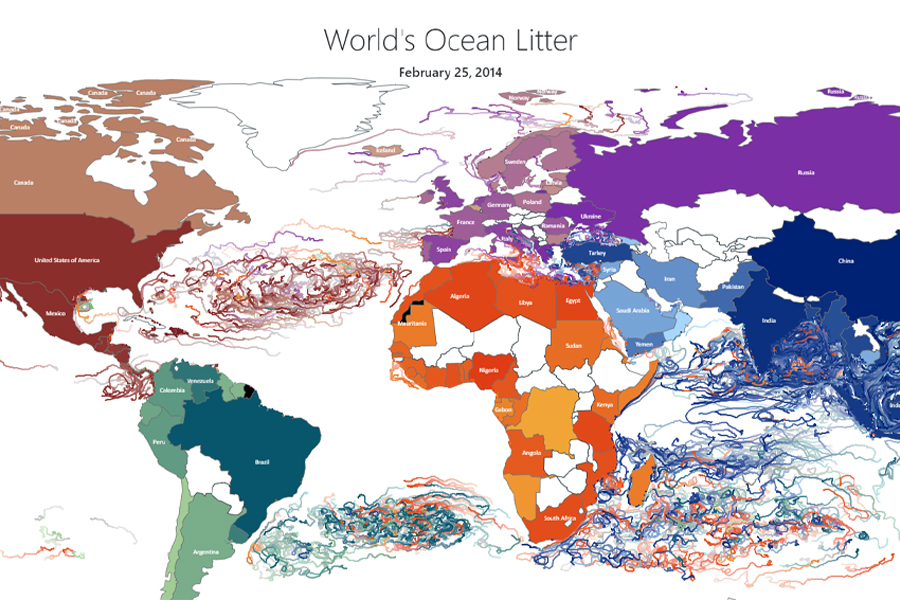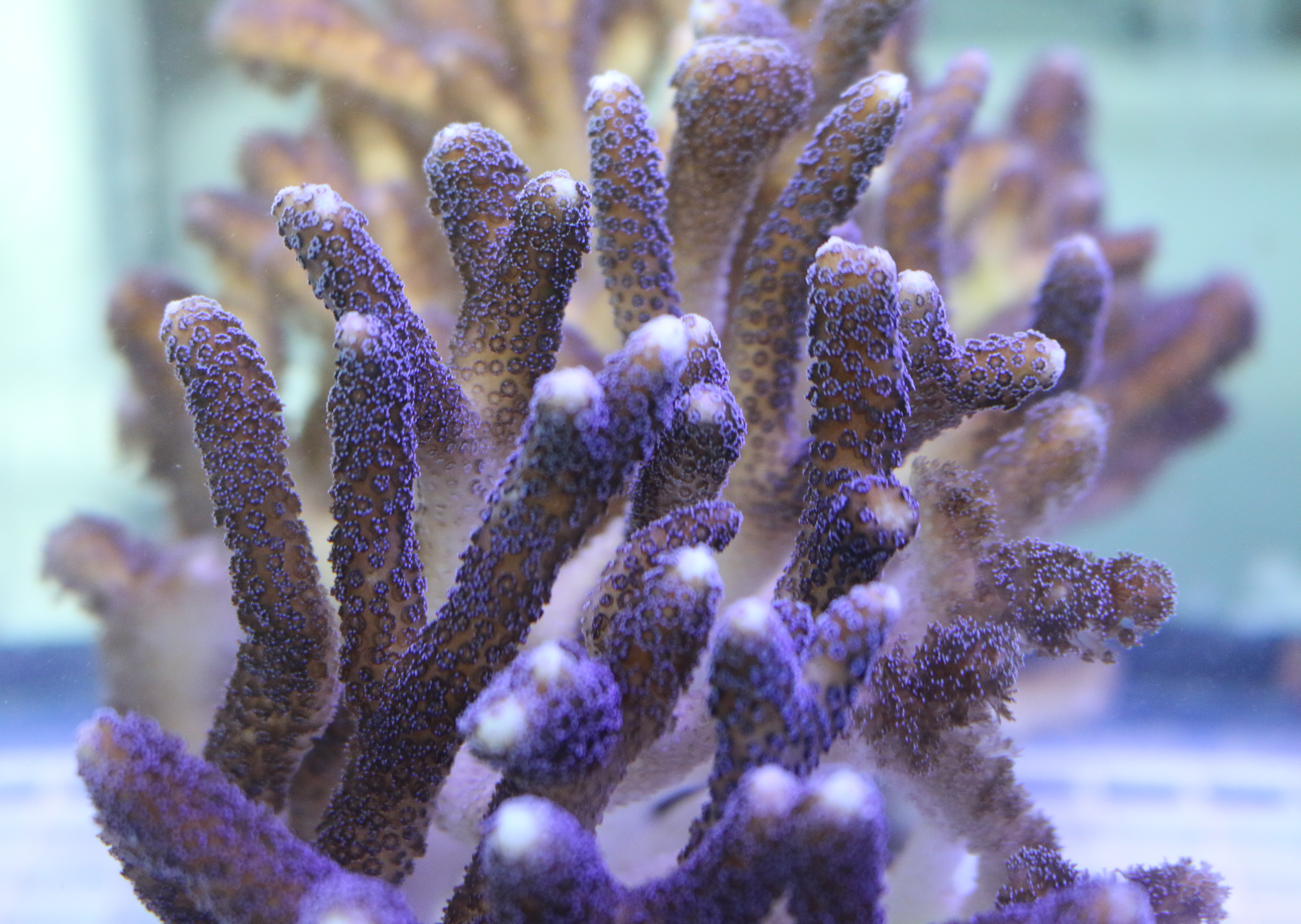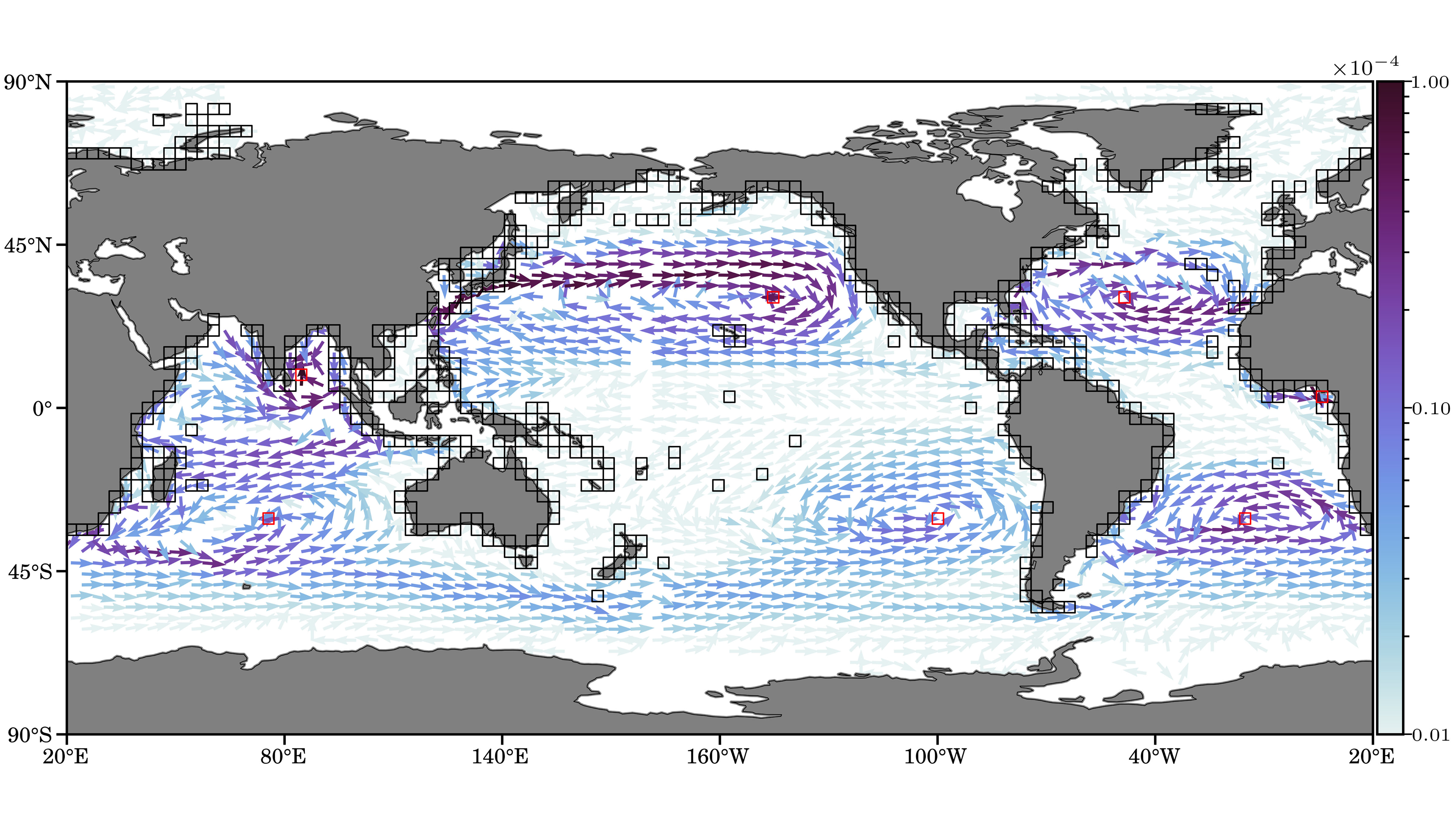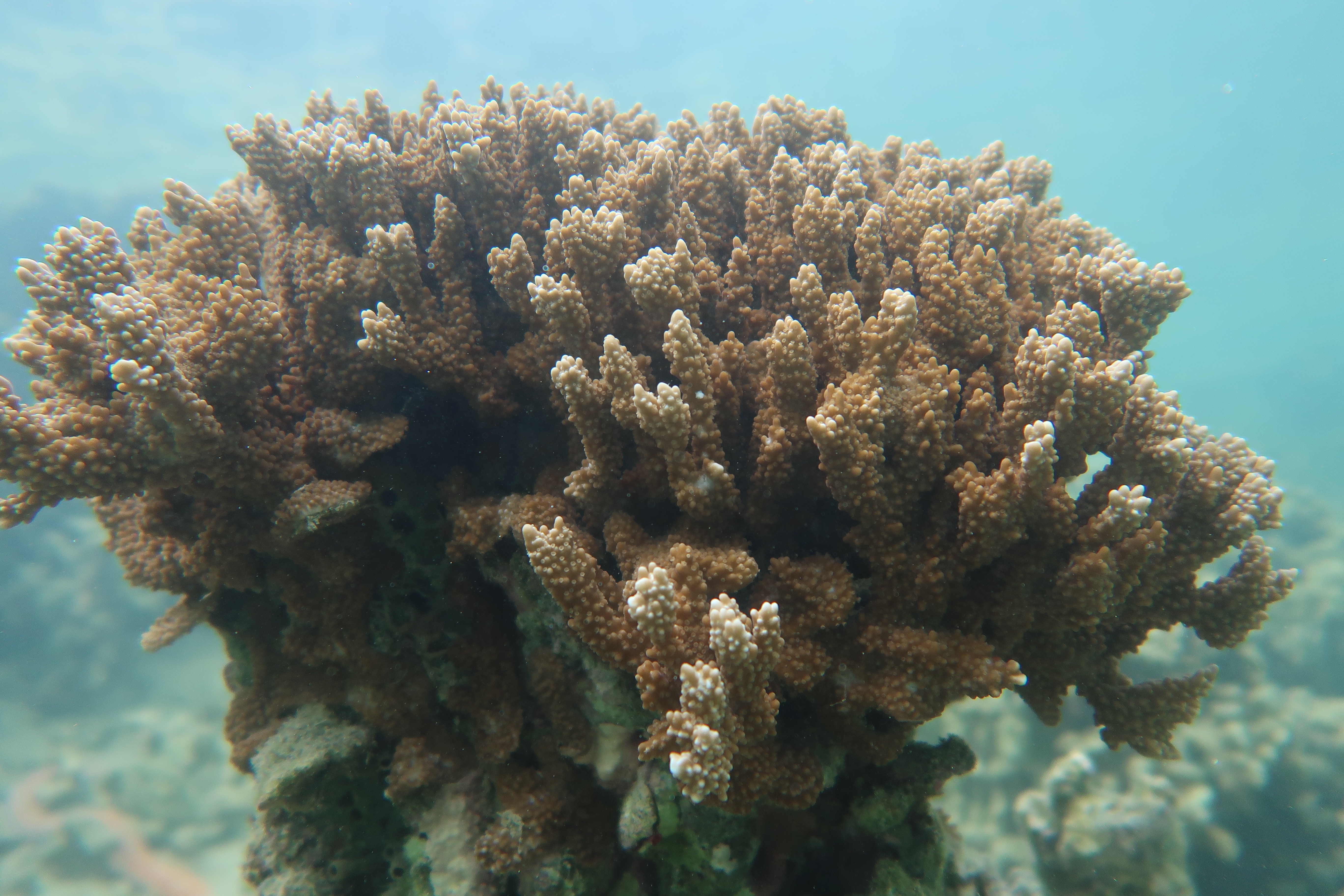The Gulf of Mexico Alliance is pleased to announce a new partnership with Motiva Enterprises LLC as they become the most recent organization to join the Alliance’s Gulf Star Program. Funding from Motiva will support marine debris work in the Gulf Coast region over the next four years.
Tag: Marine Debris

FSU researchers develop tool to track marine litter polluting the ocean
In an effort to fight the millions of tons of marine litter floating in the ocean, Florida State University researchers have developed a new virtual tool to track this debris. Their work, which was published in Frontiers in Marine Science, will help provide answers to help monitor and deal with the problem of marine litter.

Corals Carefully Organize Proteins to Form Rock-Hard Skeletons
Charles Darwin, the British naturalist who championed the theory of evolution, noted that corals form far-reaching structures, largely made of limestone, that surround tropical islands. He didn’t know how they performed this feat. Now, Rutgers scientists have shown that coral structures consist of a biomineral containing a highly organized organic mix of proteins that resembles what is in our bones. Their study, published in the Journal of the Royal Society Interface, shows for the first time that several proteins are organized spatially – a process that’s critical to forming a rock-hard coral skeleton.

How Does Plastic Debris Make Its Way Into Ocean Garbage Patches?
Researchers in the U.S. and Germany decided to explore which pathways transport debris to the middle of the oceans, causing garbage patches, as well as the relative strengths of different subtropical gyres and how they influence long-term accumulation of debris. In Chaos, they report creating a model of the oceans’ surface dynamics from historical trajectories of surface buoys. Their model describes the probability of plastic debris being transported from one region to another.

How to Identify Heat-Stressed Corals
Researchers have found a novel way to identify heat-stressed corals, which could help scientists pinpoint the coral species that need protection from warming ocean waters linked to climate change, according to a Rutgers-led study.